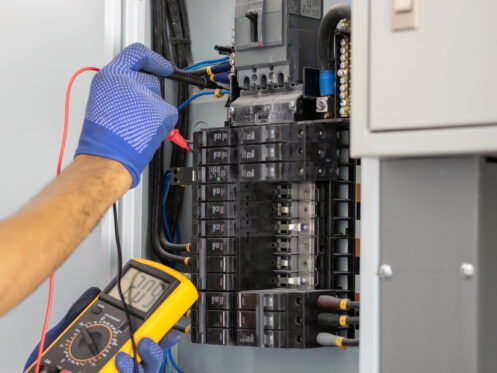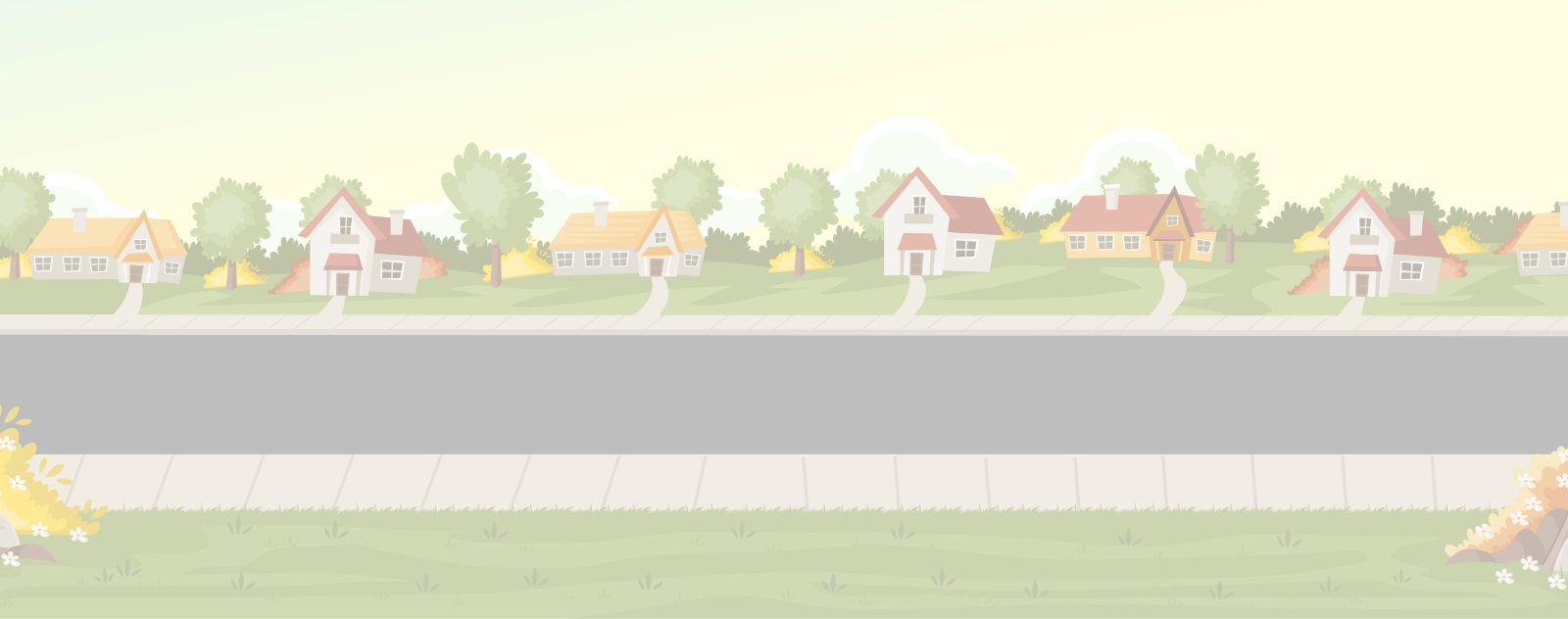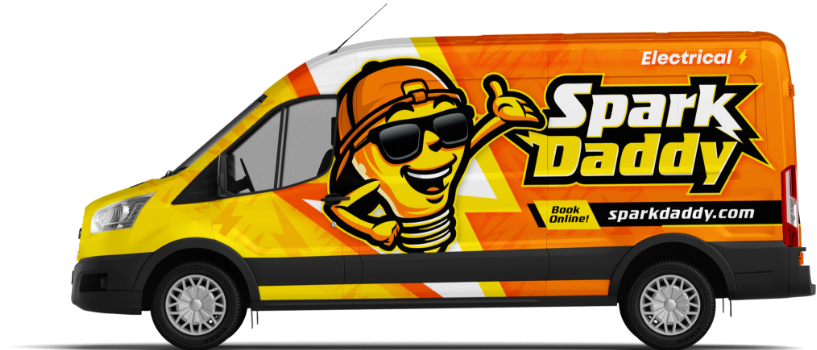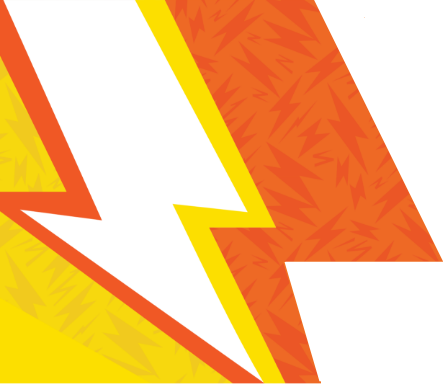If you’re like most homeowners here in Ballwin, MO, you’ve likely heard about the benefits of a rooftop solar system. However, you may only have a very basic understanding of how such systems work. We find that most people know that solar panels produce electricity from the sun. But most people have no idea how you can connect solar panels to a house’s electrical system. Even fewer understand how solar power affects the wider electrical grid. To remedy that, here’s a complete rundown of how we can integrate solar power with your home’s electrical system.
The Components of a Solar Power System
Understanding the main components of a solar power system is a prerequisite to understanding how an integration would work. This is primarily because solar power and grid power have some fundamental differences. As a result, you can’t simply plug a solar power array into a grid-connected home. Here are all of the main components of a solar system and what they do.
Solar Panels
Solar panels are the most important and visible part of a solar power system. Solar panels include an array of photovoltaic cells that absorb sunlight and convert it into electrical current. Photovoltaic cells typically contain multiple layers sandwiched into a single package. What’s important is that two of the layers include a semiconductor, typically silicon. However, the two layers have a significant difference from one another.
One semiconductor layer will have an additive that gives it an excess of electrons. The other will have an additive that gives it a shortage of electrons. That is how solar cells generate electricity. When sunlight hits the photovoltaic cell, it forces the excess electrons in one layer to move to the other. That movement creates an electrical current.
A Power Inverter
The second-most important part of a solar power system is called an inverter. An inverter is a device capable of converting direct current (DC) electricity into alternating current (AC) electricity. DC refers to an electrical current that only flows in a single direction. That’s exactly the type of current created by a solar panel. AC, by contrast, is an electrical current that switches flow directions rapidly. It’s the type of current used by the power grid and the majority of your home’s electrical systems. Without a power inverter, the electricity generated by your solar panels would be incompatible with the grid and your house.
A Bi-Directional Electrical Meter
Every house that gets electricity from the power grid has an electrical meter to measure its power usage. It’s how your local energy company can bill you each month. However, most conventional electrical meters can only measure the flow of energy into your home. When you install solar panels and need them to coexist with grid power, you need a bi-directional electrical meter.
A bi-directional meter can register how much excess electricity your solar panels send back to the grid via their inverter. So, during the day, you’re effectively selling electricity back to your energy provider. At night, when your panels aren’t producing power, you buy power from the grid. The result is a lower overall power bill due to your off-setting energy production.
A Main Electrical Panel
Even with only grid power coming into your home, you’ll need a main electrical panel to distribute it. However, when you add solar power into the mix, you may need a replacement for your existing main electrical panel. Whether you do comes down to your panel’s capacity and your existing grid service level.
In general, you can’t have more than 120% of the amperage of your existing grid service running through your panel. So, if your house has 200-amp service and a 200-amp panel, the panel only has room for 40 amps of solar power. That translates into the capacity to support 7,600 watts of solar panels. If you want a bigger solar power system, you’d need to upgrade to an electrical panel with additional capacity.
How We Integrate Solar Power Into Your Home
In general, there are two ways to add a solar power system to a grid-connected home. One is a load-side connection, and the other is a supply-side connection. Most of the time, a load-side connection is the preferable option. In a load-side connection, we’d install a solar power cutoff box and a single new breaker in your electrical panel.
With a load-side connection, your total system size can’t exceed the 120% rule mentioned above. That rule protects your house and electrical panel from excessive voltage. It’s also why a load-side connection is the preferred way of integrating a solar system into a property. It provides maximum utility and maximum safety at the same time.
A supply-side connection is a way of getting around the capacity limits of your electrical panel. However, it’s rarely used because it typically requires approval from local regulators and your energy company. In a supply-side setup, we’d install a junction box between your incoming grid service and the electrical panel. Then, we’d tie in the output of your inverter there rather than in your electrical panel. In effect, this unifies the two incoming sources of power before they enter your main electrical panel.
During your solar system installation, we’d also need to install a new bi-directional electrical meter. Most of the time, this doesn’t take long or require any major modifications to your home. Your new bi-directional meter should look similar to the one you already have. The only new thing about it you’ll notice is that it may run backward during the day.
If you want to use your solar system to its maximum potential, you can also install a battery storage system. This gives you a place to store your excess solar power production rather than selling it back to the grid. This can accomplish two things. One, it can give you flexibility in when you use solar or grid power. The other is that you could expect greater resilience in the event of a blackout.
With a battery storage system installed, we’d likely add one more component to your integration. It’s a separate electrical panel where we’d segregate critical loads in your home. This may include, for example, the circuit that powers your refrigerator, HVAC unit, or lighting. That way, you could maximize your battery capacity during a blackout by only powering essential devices.
Your Go-To Solar Power Experts
If you want a solar power system added to your Ballwin home, Spark Daddy can help. Our expert electricians understand solar power inside and out. We can help you choose the right integration method and execute it for you to perfection. We also offer comprehensive electrical services to see to your house’s other infrastructure needs. That means we can carry out repairs, install voice and data wiring, and even install whole-home surge protection. Our master electricians have over 50 combined years of experience and are unrivaled in the area. We’re also Better Business Bureau-accredited with an A+ rating. So, if you need help integrating a solar power system into your Ballwin home’s electrical system, call Spark Daddy today.




